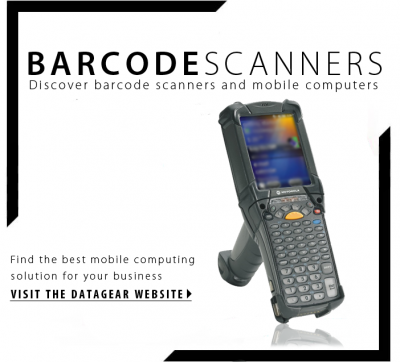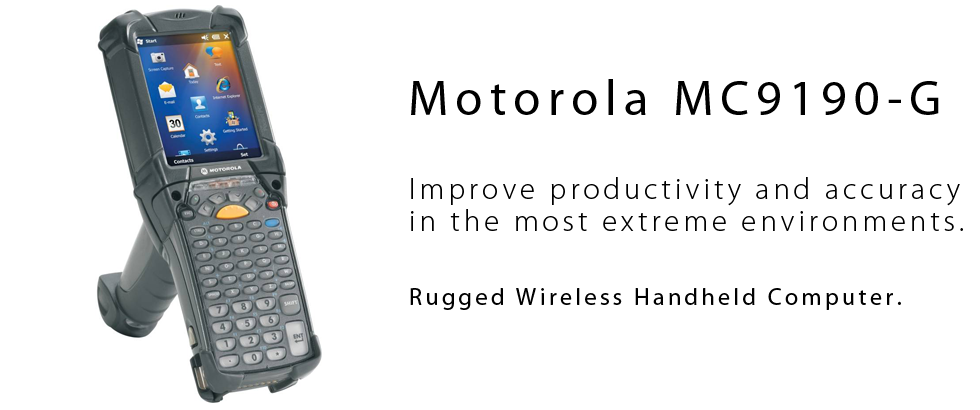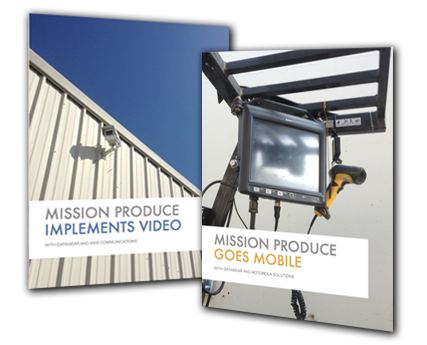Deciding which type of barcode scanner to select, whether a laser or digital imager, can be a difficult decision without a good understanding of the advantages and disadvantages of each type. Both laser scanning and image readers can be effective technologies for their appropriate applications and determining which scanner best meets your needs can be more easily made with a better understanding of the features of each of these types of scanners.
Here is a brief explanation of laser scanning technology: The optics inside a laser scanner emit a laser beam and use a lens to focus the beam with an oscillating mirror that moves the laser beam line across the barcode very rapidly. The laser light beam is then reflected off the barcode and back to the scanner, allowing the scanner to decode the reflected signal. For example, barcode scanning functions can include long distance scanning, reading 2D barcodes or capturing an image.
The advantage of the laser scanner is that it can read barcodes even when the barcode or scanner is in motion, quickly and accurately, allowing for fast decodes. Additionally, the laser can project a beam over long distances without spreading out, making it ideal for long distance scanning.
Digital image readers are different than laser scanners because they emit a LED light that illuminates the barcode and projects the image back to the scanner for the barcode to be decoded. It works similar to digital camera, but much faster (however, the decoding process of the digital image reader is often not as fast as a laser scanner).
The advantage of image scanners is that it can read both 1D and 2D barcodes. Imagers can also provide omni-directional scanning so that barcodes can be read easily from any orientation. With a digital imager you can even capture images such as a signature or even photograph a damaged box.
Before deciding which type of scanner you need, you first must determine which type of barcodes you will be scanning (1D, 2D, or combination of both). The information above should provide you with a guide to scanner selection, but if you have any additional questions feel free to leave them in the comments or contact our team of experts here at DataGear.





